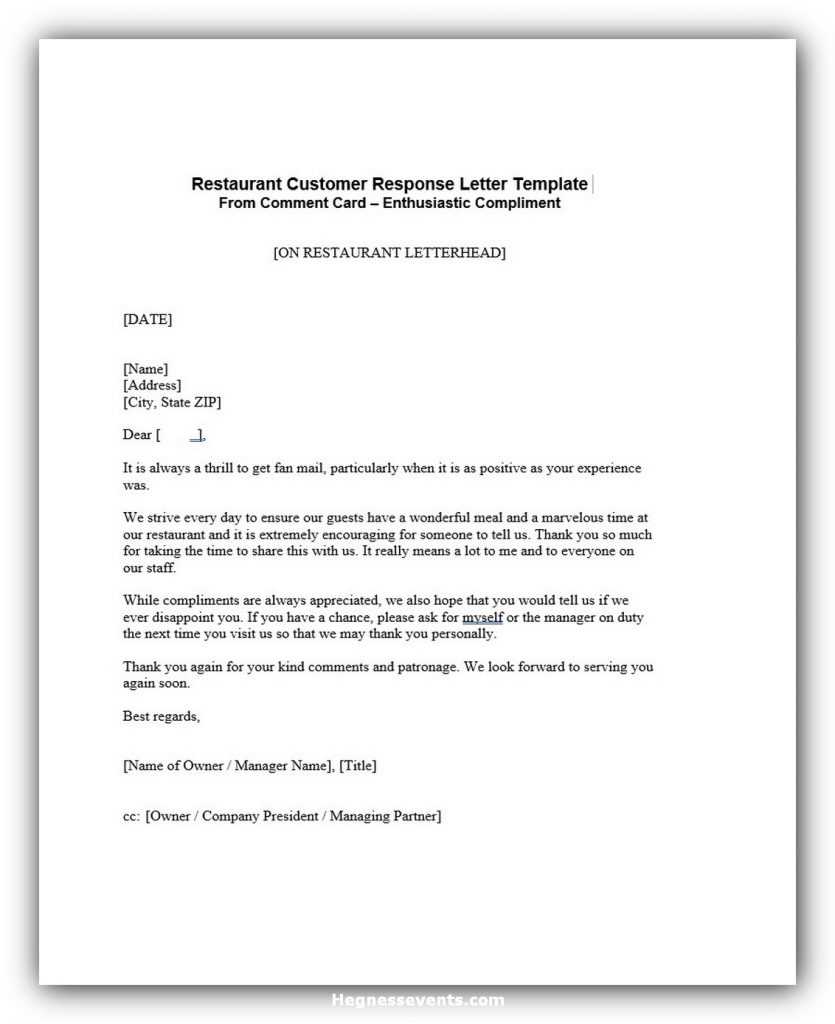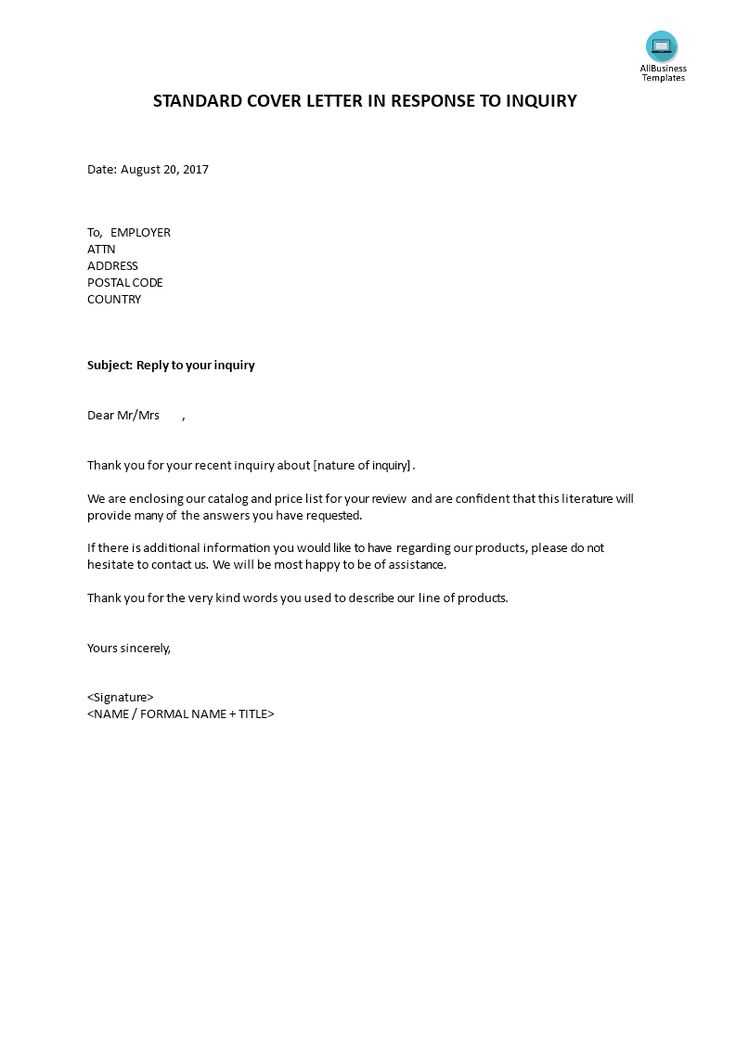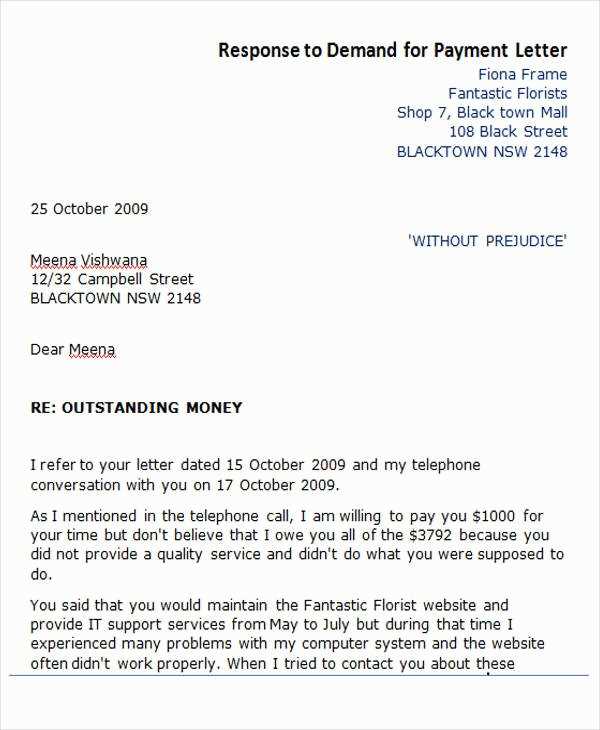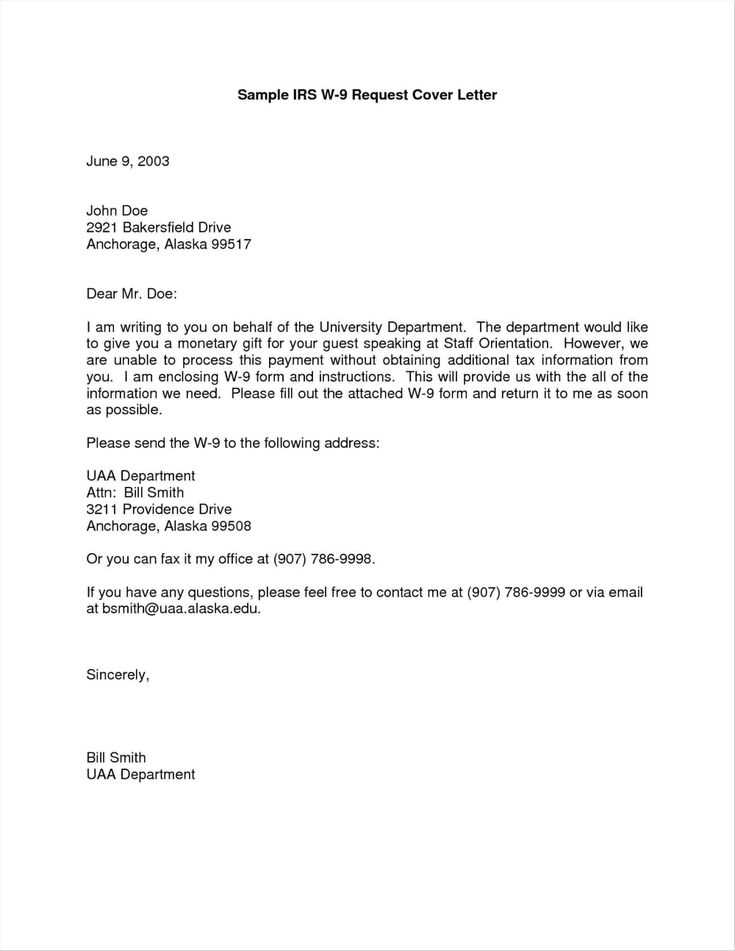Osha response letter template

Responding to OSHA Citations
Begin by addressing the citation reference number and the specific violation. Acknowledge the receipt of the citation and express your commitment to maintaining a safe and compliant workplace. Respond in a professional tone, focusing on the steps you have taken or plan to take to resolve the issue promptly.
Key Elements to Include:

- Company Name and Address: Ensure it is clear and accurate, making it easy for OSHA to identify the organization.
- Citation Number: Include the reference number for easy tracking and follow-up.
- Date of Response: Provide a clear date when the response is being issued.
- Explanation of Actions: Specify what steps have been taken to address the violation.
- Corrective Actions: Describe any changes to policies, procedures, or equipment that are being implemented to prevent recurrence.
- Timeline: Mention specific timelines for any outstanding corrective actions, including training or equipment upgrades.
Sample Response Format

Subject: Response to OSHA Citation – [Citation Number]
Dear [OSHA Representative Name],
We acknowledge receipt of the citation for the violation(s) identified on [date of inspection] at [company name]. We are committed to ensuring the safety of our employees and are taking the necessary actions to address the concerns raised. Below are the steps we have taken or will be taking:
- Action Taken: [Detailed description of immediate steps to correct the violation]
- Corrective Measures: [List of long-term corrective actions and preventive measures]
- Training: [Details on employee training programs or safety meetings scheduled]
- Timeline for Completion: [Expected completion date for remaining actions]
We appreciate your attention to this matter and assure you that we are fully committed to complying with OSHA standards. Please contact us if you require any further information or clarification.
Sincerely,
[Your Name]
[Your Title]
[Company Name]
OSHA Response Letter Template: Detailed Guide
Understanding the Purpose of an OSHA Response Letter
Key Elements to Include in Your Letter
How to Address Violations in Your Reply
Step-by-Step Process for Crafting the Letter
Common Errors to Avoid When Writing a Response
Legal Aspects and Compliance in OSHA Correspondence
To ensure your OSHA response is complete and effective, structure your letter to address each concern raised in the violation notice. Start by acknowledging receipt of the notice and indicating your intent to comply. This sets a positive tone from the outset.
Key Elements to Include in Your Letter

Each response should include these critical elements:
- Identification Information: Include your company’s name, OSHA citation number, and the date of the violation notice.
- Response to Each Citation: Address every violation specifically, and indicate your plans for correction, or explain why you disagree with the citation if applicable.
- Corrective Actions: Describe the measures you’ve implemented to resolve the issue, such as changes to safety protocols or equipment upgrades.
- Timeline for Completion: Provide clear deadlines for the implementation of corrective actions.
How to Address Violations in Your Reply
When addressing violations, be specific about what corrective actions you’ve taken or plan to take. If you dispute a citation, provide evidence supporting your position, such as photos or records. Avoid vague language and stay factual in your responses.
It’s also vital to demonstrate your commitment to safety by detailing how your corrective measures align with OSHA standards. This shows a proactive stance and minimizes any risk of further penalties.
Common mistakes include ignoring certain violations or providing inadequate explanations. Always respond to every point mentioned in the citation notice, even if the violation is already corrected.
Finally, ensure that your letter complies with OSHA regulations. Verify that your response includes all required documentation and is submitted within the designated time frame to avoid further penalties or complications.